1. Space Food Sticks
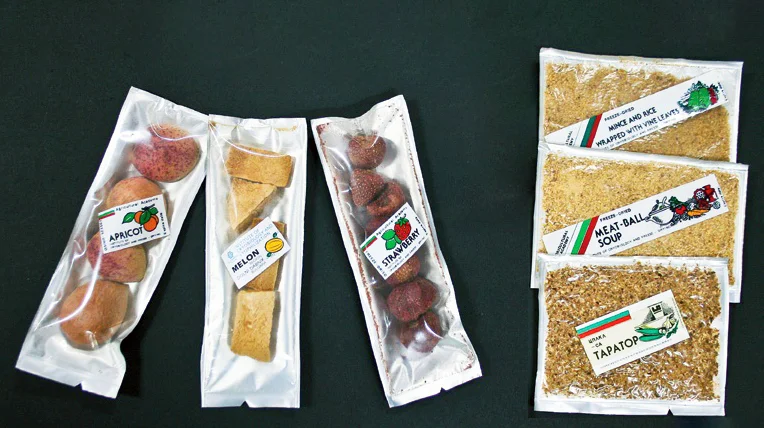
In the ’60s, NASA had everyone dreaming of space travel, and even snack companies wanted in on the craze. That’s how Space Food Sticks were born, created by Pillsbury as a chewy, tube-shaped energy snack that was marketed as astronaut-approved. They were supposed to give kids the same experience as astronauts, though in reality, they were more like an odd mix between a Tootsie Roll and a protein bar. The flavors weren’t particularly appealing either, often landing somewhere between bland and chalky.
Parents bought them for their novelty factor, and kids either loved them or left them sitting in the lunchbox. For some, eating one made you feel like you were part of the space race. For others, it was just a strange, rubbery snack that didn’t compare to a regular candy bar. While they disappeared in the ’70s, the idea of eating like an astronaut still stuck around.
2. Whistles Candy
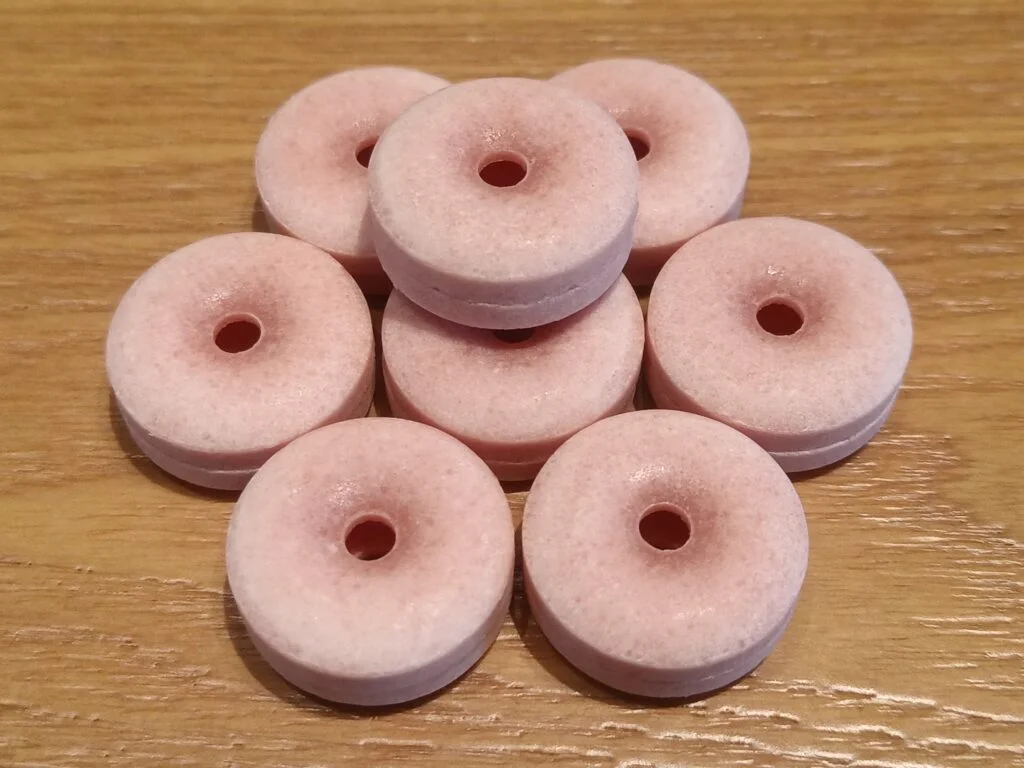
Whistles were a quirky candy that doubled as a toy. They were shaped like little plastic whistles with a candy insert, letting kids make high-pitched squeals while snacking. The taste itself was nothing remarkable, just a sugary treat, but the novelty of making noise at the dinner table was what really sold them.
Of course, parents weren’t exactly thrilled when their kids started blowing whistles in the house. They often got taken away before the candy was even eaten. Still, kids loved them because they turned snack time into playtime. Whistles candy may not have been the tastiest thing on the shelves, but it was definitely one of the strangest.
3. Fizzies
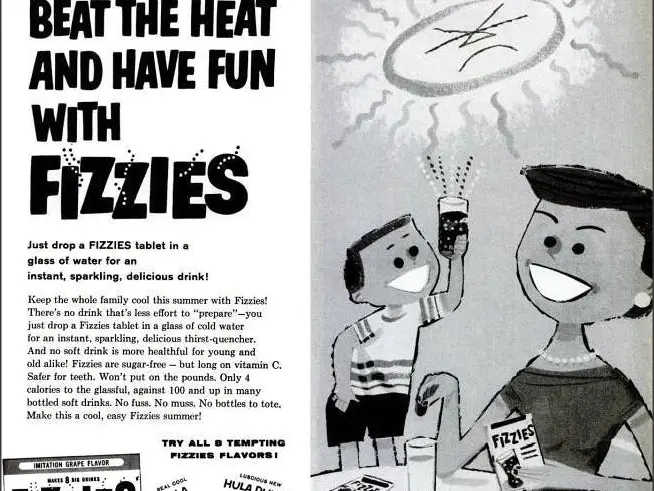
Fizzies were basically tablets that turned water into a sugary, soda-like drink. Drop one in a glass and suddenly you had something that fizzed and bubbled like a real soda, though it never quite matched the taste. They came in flavors like root beer, grape, and orange, but most kids remember them as tasting a little too artificial.
Parents thought they were a fun alternative to soda, and kids loved the science experiment vibe. Watching a tablet dissolve was half the fun, even if the final product was more fizzy water than flavorful drink. For a brief moment in the ’60s, Fizzies felt futuristic, but they fizzled out pretty quickly.
4. Potato Sticks
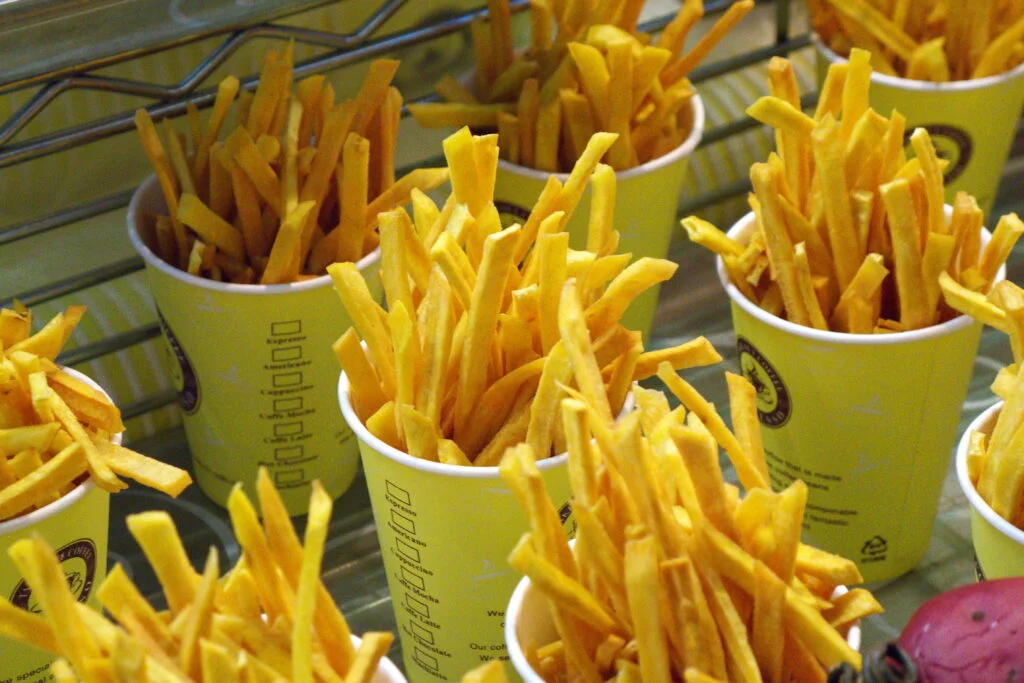
Unlike regular potato chips, Potato Sticks were skinny, crunchy matchstick-sized snacks that came in little cans. They were greasy, salty, and addictive, though they didn’t exactly scream “healthy.” Because of their unusual size, kids would eat them by the handful, often leaving crumbs everywhere.
They were marketed as portable and fun, perfect for school lunches or road trips. Some people swore by dipping them in ketchup, while others just ate them straight from the can. Potato Sticks stuck around longer than many other ’60s snacks, but they always felt like the odd cousin of potato chips.
5. Candy Cigarettes
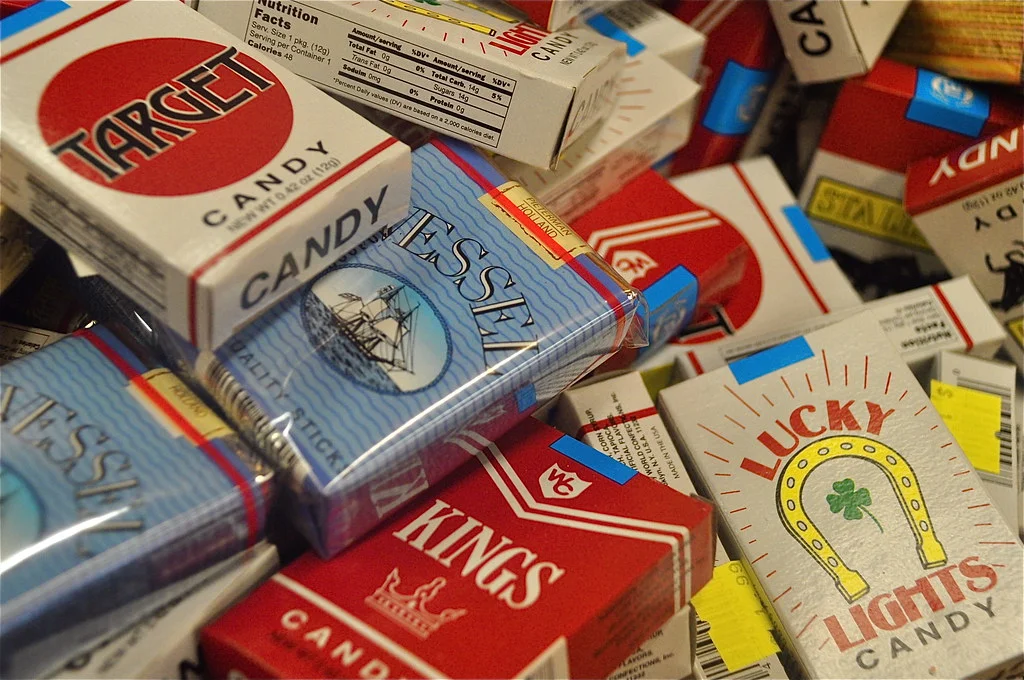
While they might seem shocking today, candy cigarettes were everywhere in the ’60s. They were simple chalky sticks of sugar, sometimes with a red tip painted on to look like they were lit. Some brands even came in boxes that mimicked real cigarette packs.
Kids loved the chance to feel grown-up, puffing on their fake smokes while playing outside. Parents often overlooked the strange message they sent, seeing them as harmless fun. It wasn’t until later decades that people started questioning whether giving kids candy shaped like cigarettes was a good idea.
6. Jell-O 1-2-3
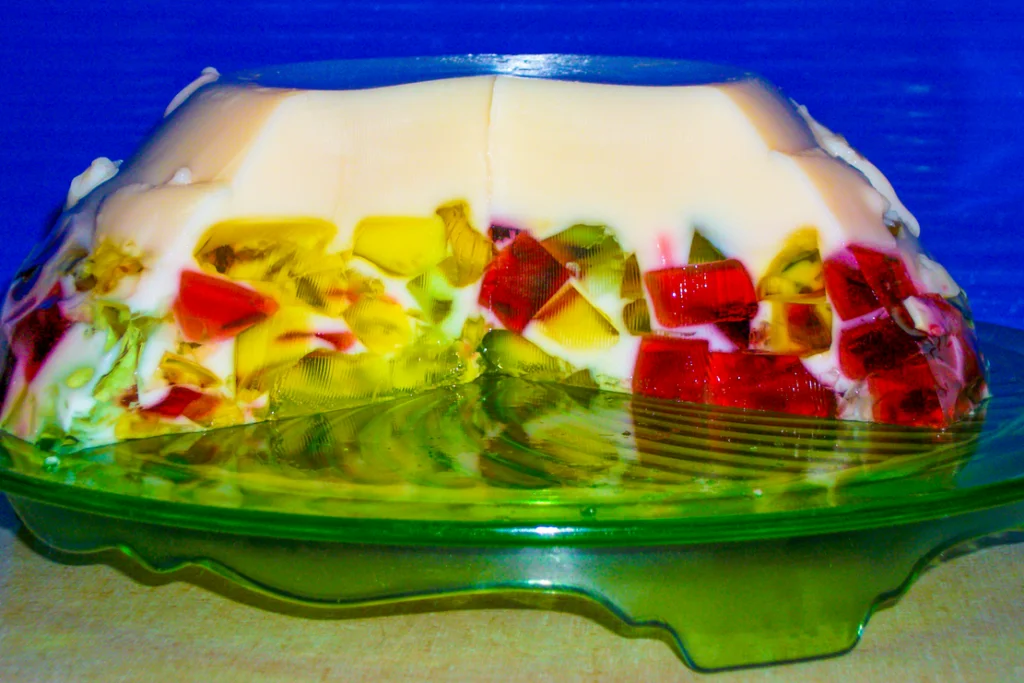
Jell-O was already a household staple, but Jell-O 1-2-3 took things a step further. This dessert mix was designed to separate into three distinct layers while chilling: a creamy top, a mousse-like middle, and regular gelatin on the bottom. It looked like a magic trick in a glass.
Kids were fascinated by how it worked, and parents enjoyed serving something that looked fancier than plain Jell-O. Of course, the taste was still just Jell-O, with no big surprises there. The appeal was in the layers, and for a while, it was a true novelty item.
7. Tuna Twist
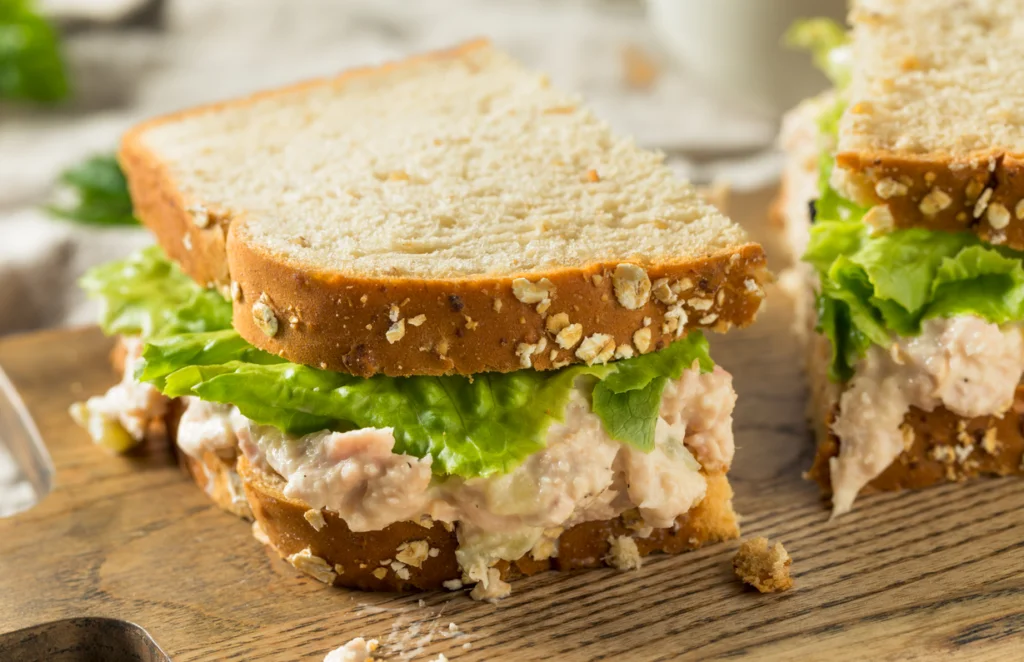
Not all strange snacks from the ’60s were sweet. Tuna Twist was a boxed seasoning mix made by General Foods that you stirred into canned tuna. The idea was to make tuna salad “more exciting” with flavors like Italian or Cheddar.
It may have seemed like a shortcut for busy homemakers, but many kids weren’t fans of the tangy, flavored tuna sandwiches that ended up in their lunchboxes. Tuna Twist became a bit of a punchline over the years, remembered more for its oddness than its flavor.
8. Vegetable-Flavored Potato Chips
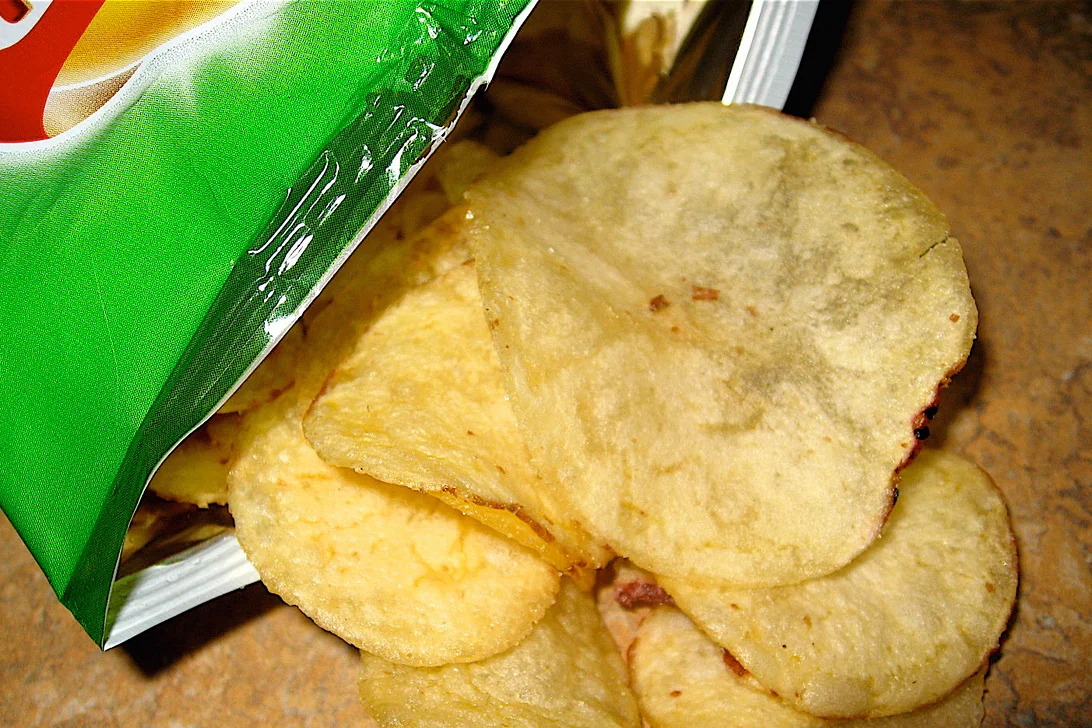
Before veggie chips became trendy health snacks, the ’60s tried their hand at vegetable-flavored potato chips. Instead of kale or sweet potato, though, we’re talking chips dusted with flavors like onion, celery, or tomato. They sounded healthy, but they didn’t really taste that way.
Most kids weren’t sold on the idea of celery-flavored chips when regular salted ones were right there. Still, adventurous snackers gave them a try, and some actually liked the tomato version. They didn’t last long, but they were one of the many experiments snack companies tried during that decade.
9. Hostess Sno Balls
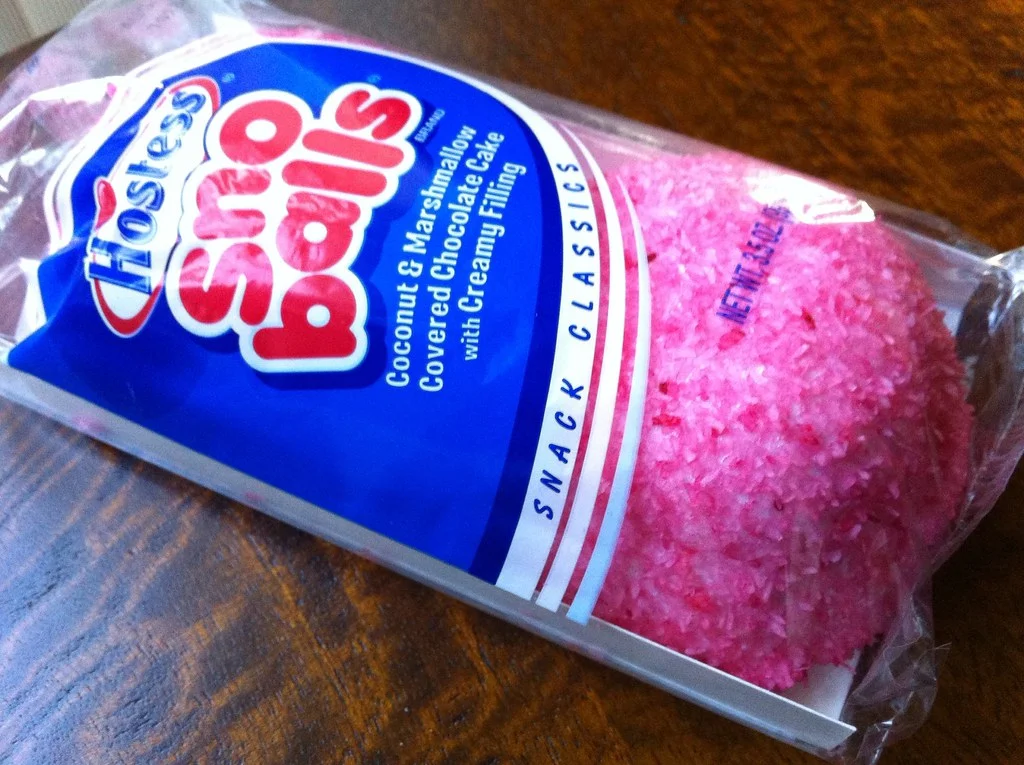
While they still exist today, Sno Balls made their big splash in the ’60s. These were chocolate cupcakes covered in marshmallow, rolled in coconut flakes, and tinted in bright colors like pink or green. Their strange, fluffy appearance made them stand out in any lunchbox.
Kids either loved the gooey marshmallow layer or found it way too messy. The texture was unlike most other snacks of the time, which made them memorable. Even though they’re still around, they’ll always feel like a ’60s oddity because of their playful, over-the-top look.
10. Astronaut Ice Cream
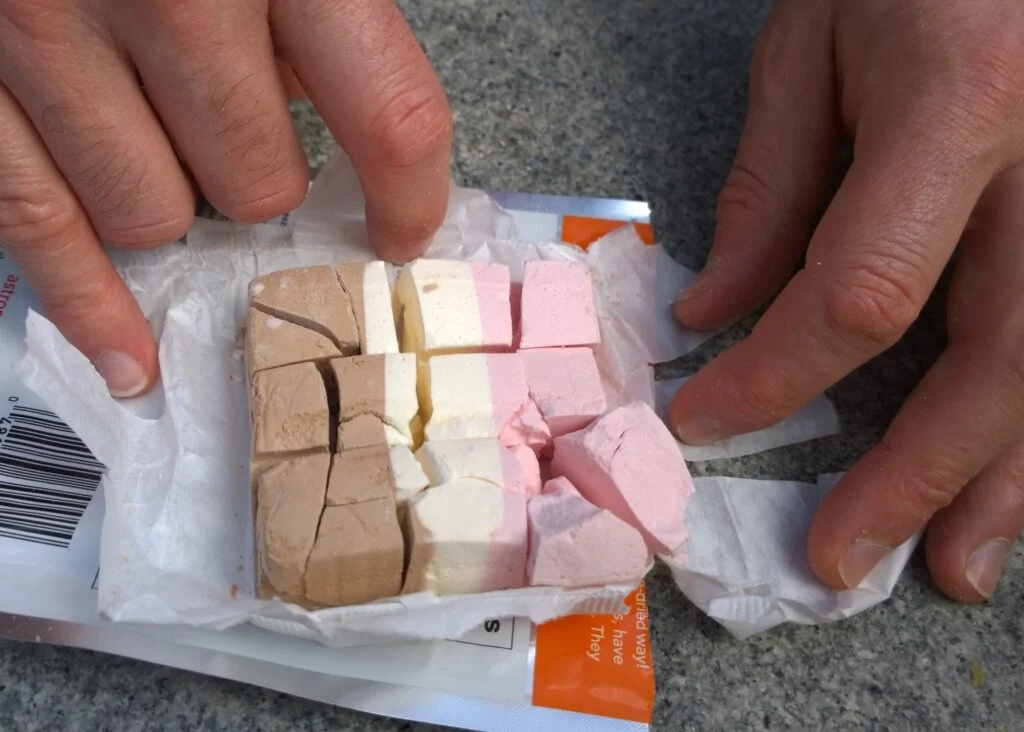
Another space-age treat, astronaut ice cream was freeze-dried and crumbly, meant to replicate what astronauts ate in space. It came in bars or blocks, often in vanilla, chocolate, or strawberry. The texture was dry and brittle, melting in your mouth in a way that was unlike anything else.
It wasn’t particularly tasty compared to real ice cream, but kids didn’t care. The novelty of eating something “from space” made it a must-try. While it was mostly sold in science museums and novelty shops, it’s remembered as a true ’60s snack oddity.
11. Wax Lips and other Wax Candy
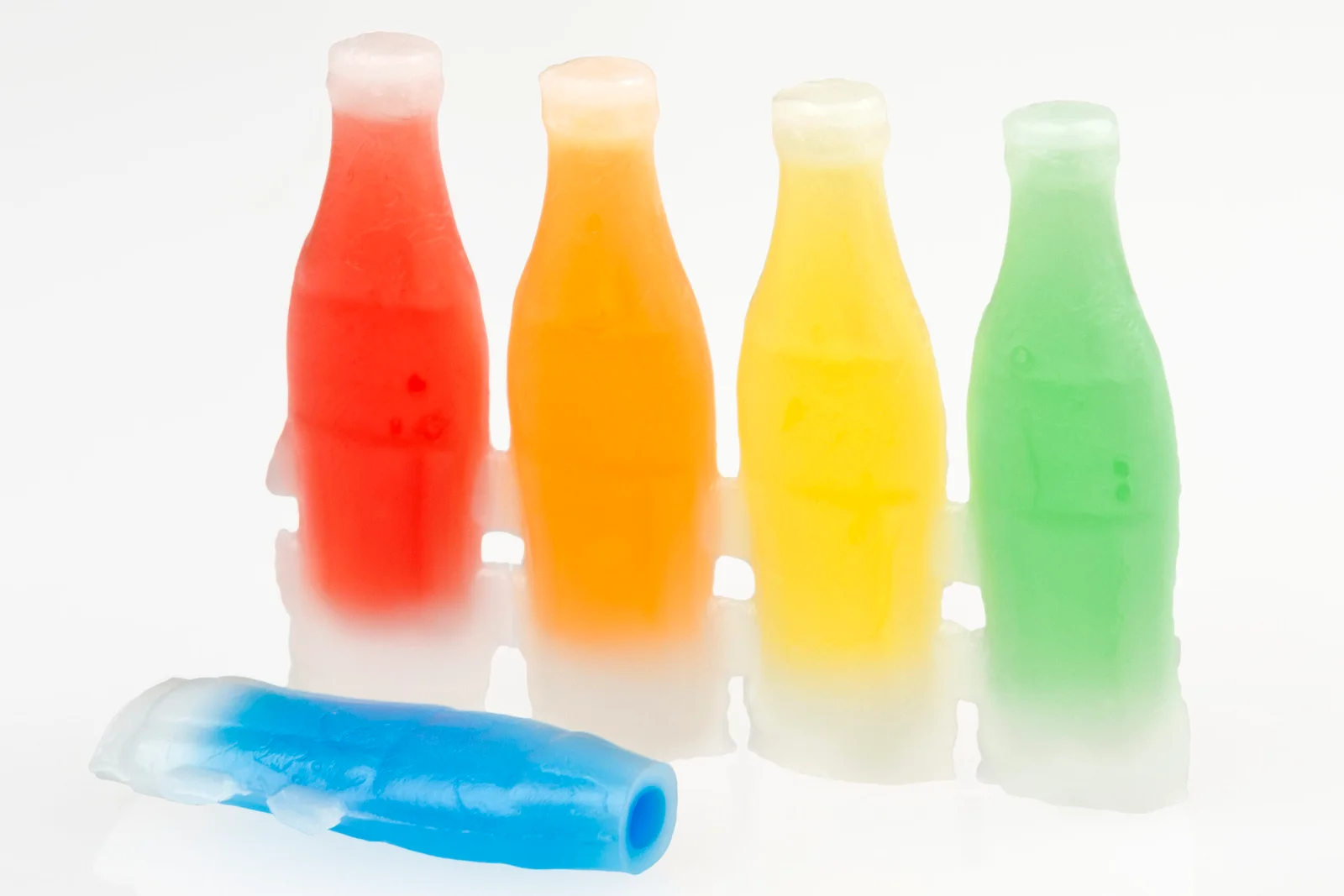
Wax Lips weren’t exactly food, but they were sold as a candy. Kids would put the oversized red lips in their mouths and goof around before eventually chewing the waxy “candy.” The problem was, the wax wasn’t really meant to be eaten, and it didn’t have much flavor.
Still, they were a staple of dime-store candy racks. The fun was all about wearing them and pretending to have cartoonishly big lips. Once the joke was over, most kids spit them out rather than chew them.
12. Kellogg’s Concentrate Cereal
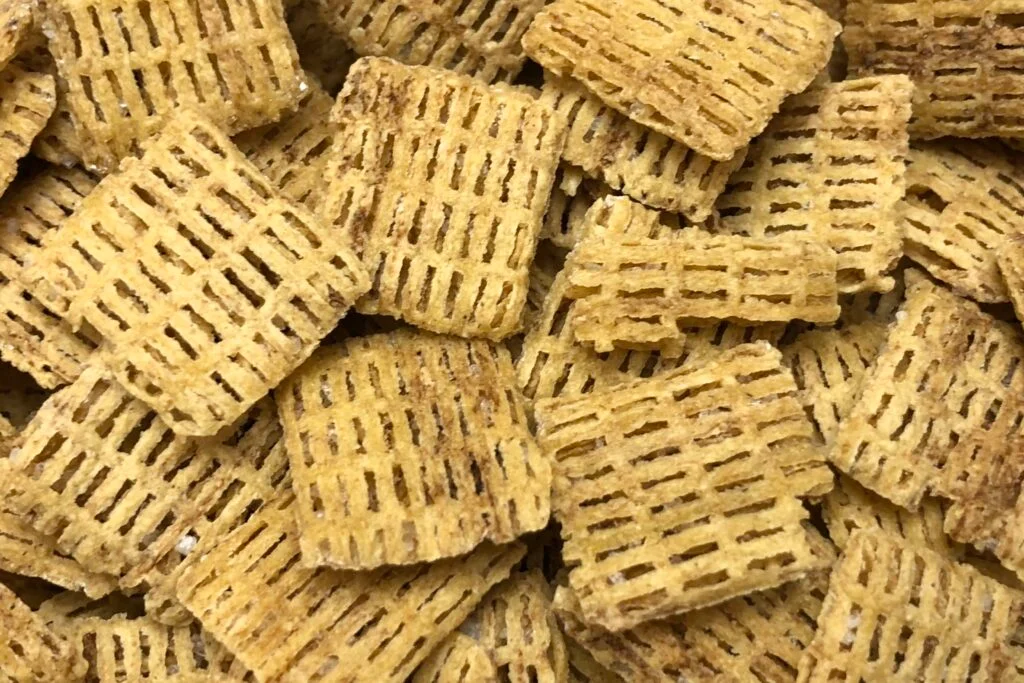
In the ’60s, Kellogg’s tried to market a cereal that was ultra-packed with nutrition. Concentrate cereal came in tiny golden flakes, and the idea was that you didn’t need to eat much to get your daily nutrients. It was sold in a small box, which made it look like it wouldn’t feed more than one person.
Kids weren’t thrilled by its plain taste, which was nothing like the sugary cereals they were used to. Parents bought it hoping for something healthy, but it quickly lost steam. Today, it’s remembered as one of the strangest attempts to make cereal feel like science.
13. Seven Up Candy Bar
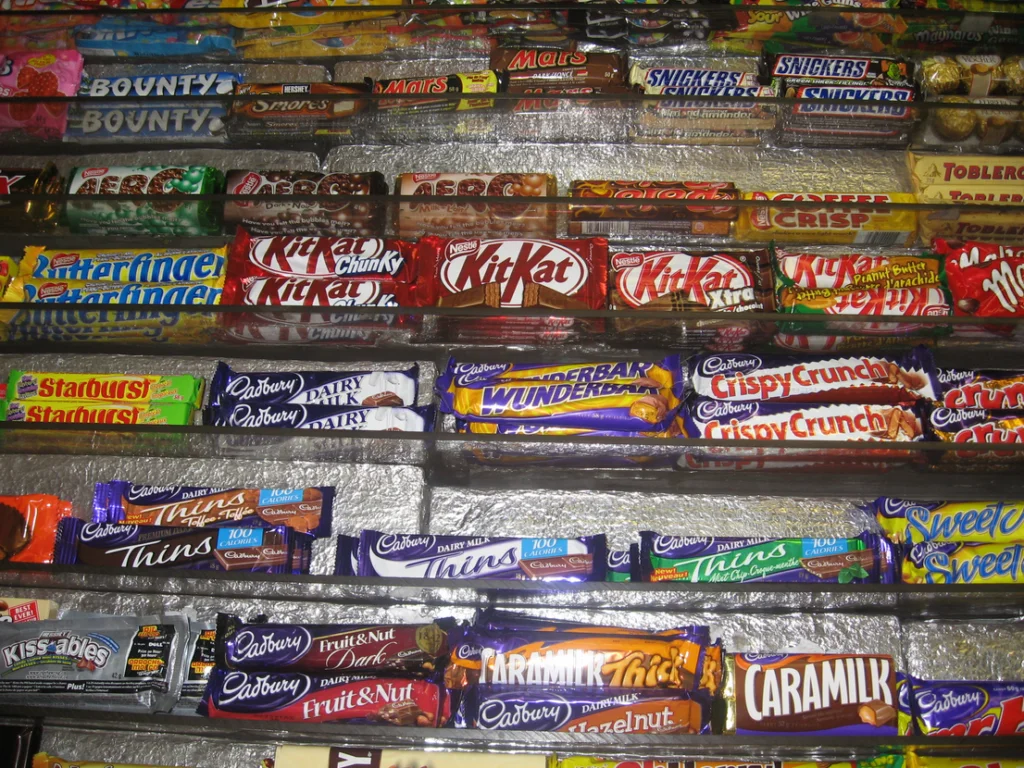
Believe it or not, there was once a candy bar called the Seven Up Bar, and it had nothing to do with the soda. Instead, it was a chocolate bar divided into seven sections, each with a different filling like caramel, coconut, or mint. It was a bit of a gamble, since you never knew which flavor you’d bite into first.
Kids thought it was fun, while adults found it a little too chaotic. Having seven different flavors in one bar was both exciting and overwhelming. It eventually disappeared, but it’s remembered fondly by those who liked its grab-bag approach.
14. Toastettes
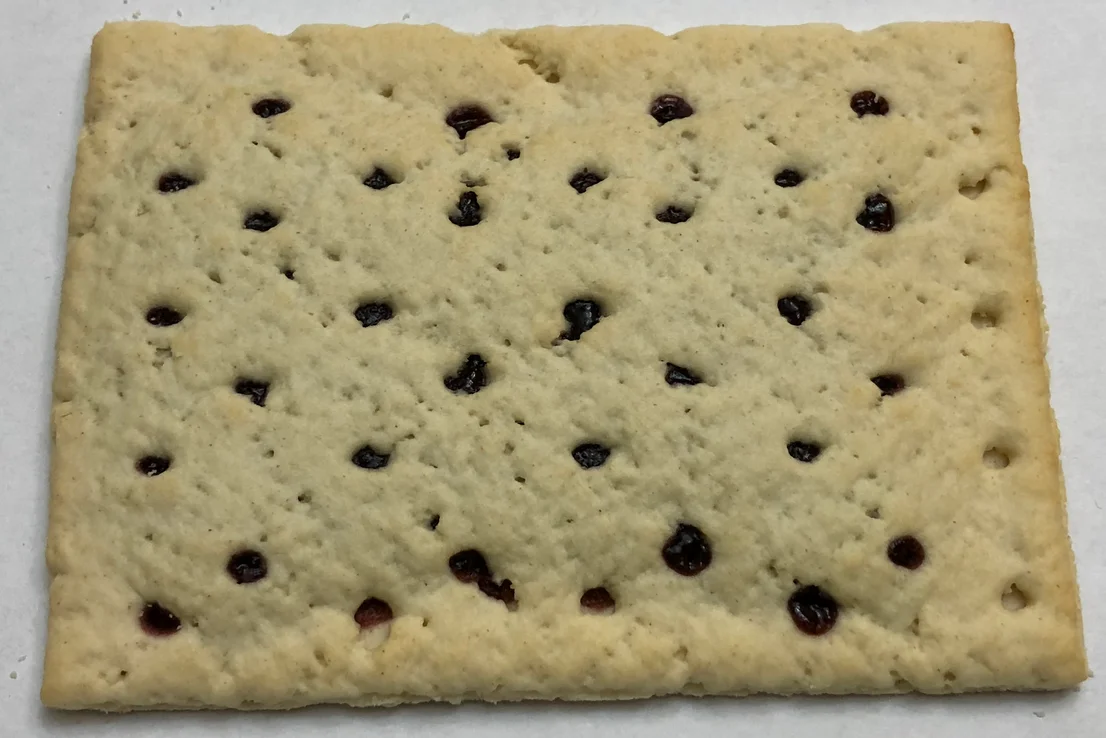
Nabisco’s Toastettes were an early version of the toaster pastry, similar to Pop-Tarts but less successful. They came in flavors like strawberry and apple, with a pastry crust that toasted up in minutes. The problem was, they didn’t have the same sweet glaze on top that Pop-Tarts later perfected.
Kids often thought they tasted a little too plain compared to the competition. Parents, however, liked them for their convenience. Toastettes never quite reached iconic status, but they paved the way for the toaster snacks that became staples in later decades.


